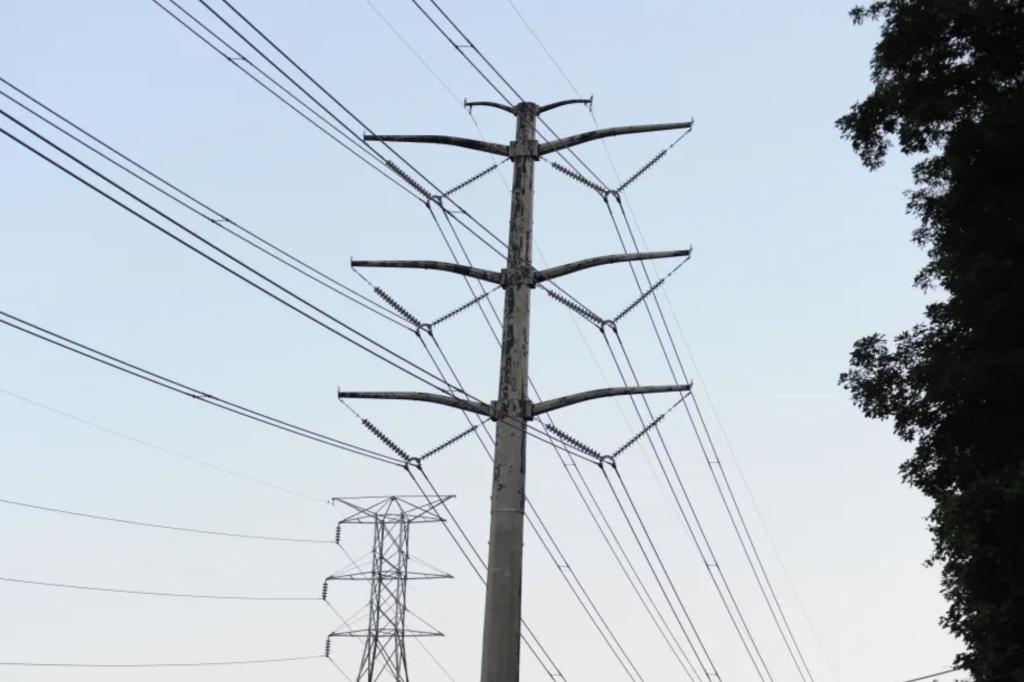Demand for electricity is expected to increase significantly by 2040, but there is a lack of proactive planning in place to increase electricity production to meet these estimates, according to a report from Clean Energy Grid and PJM Interconnection. PJM coordinates wholesale energy movement for 65 million people across several states in the United States. The report highlighted the barriers to transmission development and the need for proactive planning to address potential challenges in the energy industry.
The report identified several factors contributing to the increased demand for electricity, including additional clean energy requirements, aging thermal energy generation, and the rise in electric vehicles, manufacturing facility needs, and data centers. West Virginia Attorney General Patrick Morrisey has led efforts to push back against policies from the US Environmental Protection Agency that could lead to two-thirds of all vehicles in the US being electric by 2032. Morrisey has raised concerns about the strain and demand on the nation’s electrical grids and the impact of the Biden administration’s policies on the industry.
The report predicts that PJM’s 2040 energy demands will increase by 8% to 18% above the 2024 load forecast, requiring an additional 623 to 798 terawatt hours of annual electricity by 2040 to bridge the resource gap. This represents a significant increase in annual energy production, driven by higher electrification estimates, which lead to larger load growth and higher amounts of generation retirements due to shorter plant lifespan assumptions. The report emphasizes the need for comprehensive planning to address the challenges posed by the growing energy demand.
Morrisey has criticized the Biden administration’s energy and environmental policies for placing strain on the nation’s electrical grids while weakening their capacity. He has raised concerns about the potential challenges that could arise from increased demand for electricity from electric vehicles, particularly during off-peak hours when these cars are typically charged. The report highlights the importance of balancing energy production with the grid’s capacity to ensure reliability and efficiency in meeting future energy demands.
Despite the projected increase in energy demand and the challenges posed by current policies and infrastructure limitations, the report suggests that proactive planning and investment in the energy sector could help address these concerns. By addressing the barriers to transmission development and implementing strategies to increase energy production, the industry can better prepare for the future and ensure a reliable and sustainable energy supply for the growing population. The report emphasizes the need for collaboration and coordination among stakeholders to address the changing landscape of the energy industry and meet the challenges ahead.


